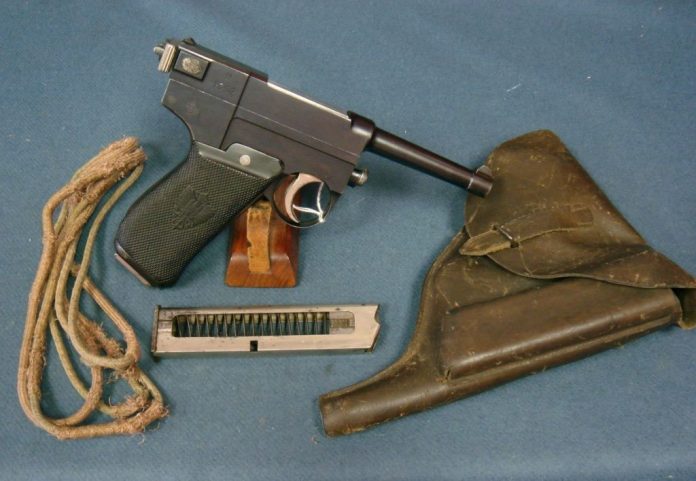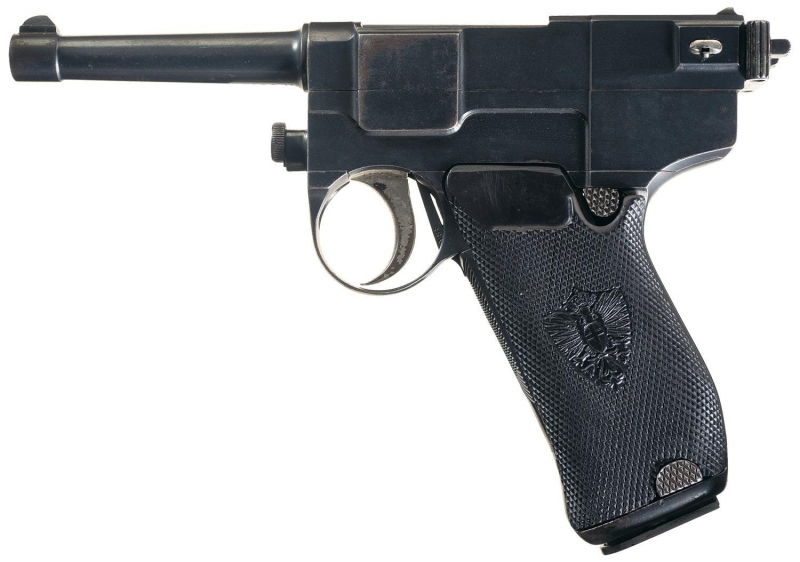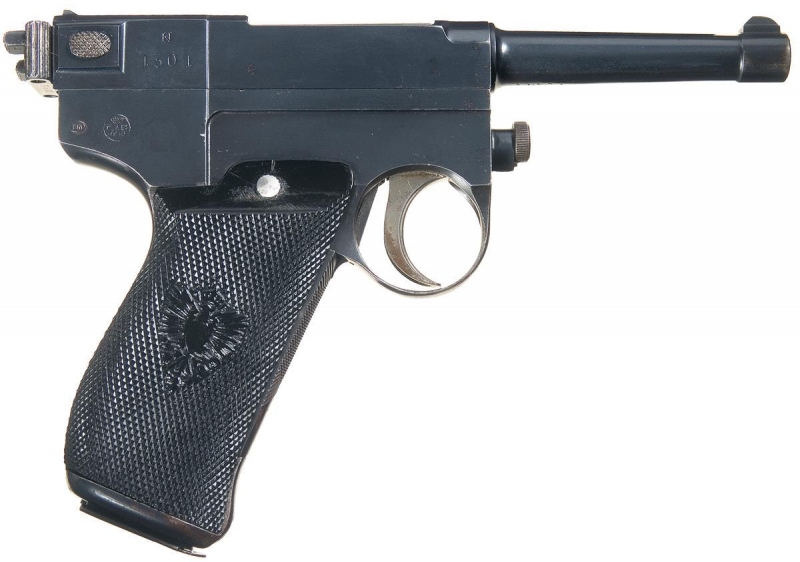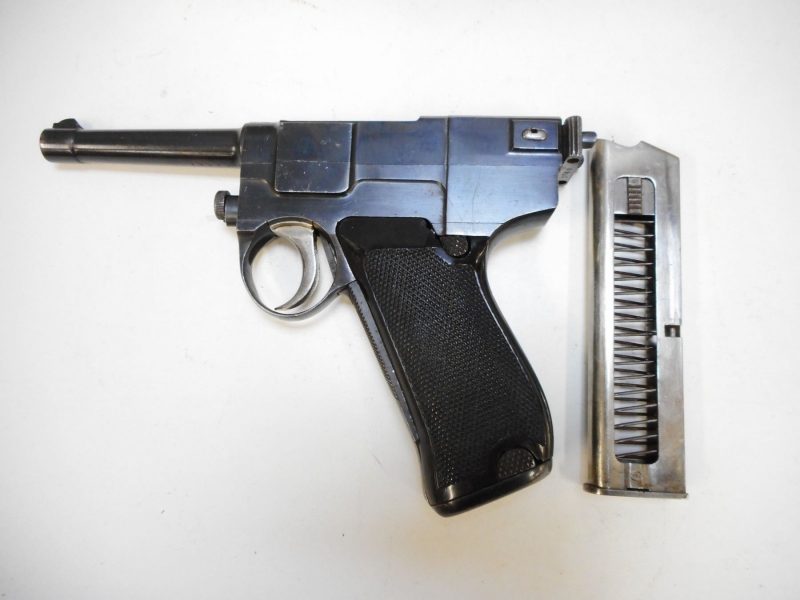
We tell the story of the creation of an Italian self-loading pistol during the First World War
In the 19th century, a joke was very popular among the military in Europe: «God created the Italian army just to, so that the Austrian army can defeat at least someone». Probably, within the divine design Glisenti M1910 pistol appeared then, so that the owners of "Parabellum" become twice as happy.
At the beginning of the 20th century, the command of the very Italian army began to think, that since it is impossible to stand out with loud victories, you need to hurry up and become one of the first in something else. for instance, switch from bulky and obsolete revolvers to a pistol, yes such, for everyone to gasp.
Generally, you didn’t even have to go far for a suitable model - the Swiss neighbors had just recently adopted the famous Georg Luger pistol. However, just take and buy a license for a German pistol for the heirs of Julius Caesar, Borgia and Medici were thwarted by pride and greed. And indeed, who are the descendants of the geniuses of the Renaissance here?!

However, the time was still somewhat different, so when Signor Revelli di Beaumont began to create his, genuine italian pistol, then, in search of inspiration, sometimes looked at the creation of the gloomy Teutons. The resulting pistol did indeed look a bit like a Parabellum when viewed from the silhouette at dusk and from a distance., they could even be confused. The pistol was designed for its unique cartridge 7,65 mm.
To understand further history, it should be noted, that Signor Revelli, descended from an old noble family, didn't really want to bother with the complexities of production. He sold the rights to his Parabellum, that is, a new Italian pistol, фирме Glisenti Iron and Steel Company. This company already had experience in supplying the native royal army with the Glisenti M1874 revolver., which, in turn, structurally very much resembled the French revolver Camelot-Delvin.
With the Glisenti pistol, too, at first everything went well - the army bought a certain amount for testing. But still weakened 7,65 mm the cartridge seemed too much even for the Italian military, who, following their colleagues in England and Germany, demanded, so that the caliber of the new army pistol starts at least with 9 mm.
deciding, that 350-400 released copies profit is somehow not enough, Glisenti sold the rights to the pistol to another Italian firm - Metallurgica Bresciana. AT 1909 year, they presented for testing a reworked version of the pistol already under their new 9 mm cartridge.
By another strange coincidence, 9× 19 mm Glisenti was no different in size and appearance from a similar new Luger cartridge. Only was about a quarter weaker, because the locking system of the Italian pistol was not designed for powerful cartridges.

the, what happened next, Italian historians with a temperament characteristic of southerners call: «An Italian scandal!». Such firms participated in the competition with their samples, like "Mauser", "Colt", "Deutsche Waffen — and ammunition factory »with« Parabellum », as well as the Austrian Mannlicher, and even another Italian Giuseppe Vitali. But the commission, which included the same Signor Revelli, resolutely preferred Glisenti's pistol to everyone else, adopted as a model 1910 of the year.
Over the next few decades, the officers of the royal army felt the full consequences of this decision.. An attempt to load Luger cartridges into Glisenti could easily lead to self-disassembly at the time of the shot. But even the use of only native cartridges did not protect against accidents - almost the entire left side of the pistol was fixed with one screw. it, of course, facilitated access to the insides of the weapon, but over time the screw weakened. And the very process of complete disassembly with a large number of small parts was also a separate "pleasure".
The manufacturer's attempt to provide an improved model of the Brixia also did not end well - although the pistol was simpler, when firing even with weakened cartridges, he often wedges.

Characteristics of the Glisenti M1910 pistol:
- Weight, kg — 0,820
- Length, mm — 207
- barrel length, mm — 99
- Cartridge - 9x19 mm Glisenti
- Caliber, mm — 9 mm
- Work principles — barrel rollback, swing lock
- Muzzle velocity, m / s — 305 m / s
- type boepitaniya — replaceable magazine on 7 rounds.
The Glisenti M1910 pistol was operated with 1910 by 1945 years. In total, during this time, about 100 thousand pistols.
In conclusion, it is worth quoting the phrase of one Italian collector, not by hearsay familiar with "Glisenti M1910".
“In all fairness, if I had been an Officer during the Great War I would have had no hesitation in choosing a Beretta 1915 cal. 9" - "Frankly, if i was an officer during the great war, I would not hesitate to choose "Beretta" 1915 of the year, caliber 9 mm ".
/Andrey Ulanov, kalashnikov.media/











